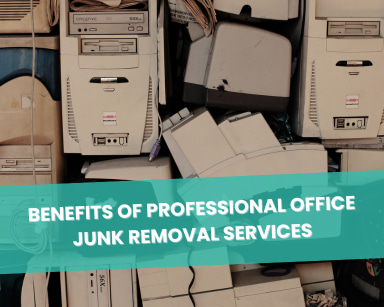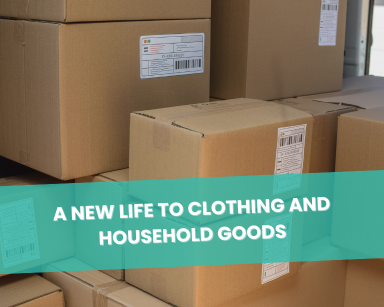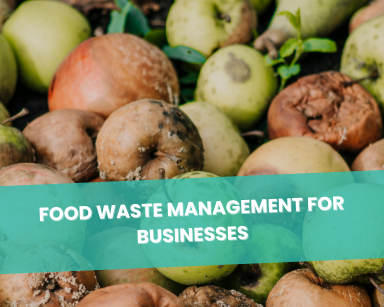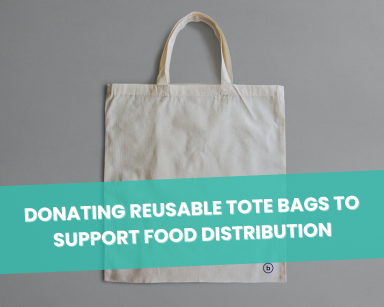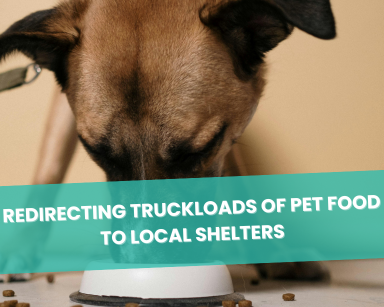Inventory Overload? The Signals that Tell You It’s Time to Act
Are you drowning in Inventory Overload, grappling with the hidden costs of warehousing stagnant stock? You’re not alone. Every year, billions of dollars worth of products sit unsold, turning into nothing but shelf décor. And it’s not just your wallet that’s hurting; the environmental toll is enormous, with over 15 million tons of textile waste produced in the U.S. alone.
The obvious option might be to Liquidate Amazon Inventory, but what if there’s a more ethical, profitable, and responsible way out?
Table of Contents
Recognizing The Signs: When is it Time to Address Excess Inventory?
Each year, billions of dollars worth of products remain unsold. It’s not just about cluttered warehouses. It’s money on shelves, environmental concerns, and missed opportunities. Your first step? Spotting the indicators:
- Rising Storage Costs: Storing products isn’t free. Every month of storage is a monthly expense. And if the inventory isn’t moving, you’re paying to store stagnation.
- Sales Metrics in Decline: Products that don’t sell might simply be out of season. But often, they indicate trends changing. Stay aware.
- Product Life Cycle: Not every product stays evergreen. Some have a shelf-life, after which they’re just taking up space.
From Excess to Access: The Environmental Angle
Did you know that more than 15 million tons of textile waste is generated each year in the U.S alone? Now consider excess electronics, books, and other goods. It’s not just about money and space, it’s an environmental concern.
Beneficial reuse helps curtail this waste, turning it into a resource for those in need. A conscious shift from overproduction and discarding to redirection can reduce our carbon footprint, ease strain on landfills, and contribute to a healthier environment.
The Traditions and Traps of Liquidation
Liquidate Amazon Inventory, sounds straightforward, right? But traditional liquidation is a double-edged sword. It often means pennies on the dollar and can sometimes lead to your products ending up in places you hadn’t envisioned.
What is Beneficial Reuse and Why It Matters?:
Beneficial reuse is more than a buzzword, it’s a movement. Think of it as matchmaking for products. Items that might not sell in one market could be golden in another. It’s not about dumping, it’s about smart, sustainable redirection.
- Definition: Items destined for recycling, incineration, or landfills are given a second lease on life.
- The Process: It’s about placing usable products in the right hands, from schools in need of supplies to communities in need of support.
- Surplus Narratives: Excess inventory isn’t a failure, it’s a resource. Reframe it, and it becomes an opportunity.
A Look into Beneficial Reuse Globally
The concept of beneficial reuse isn’t limited to just one continent or nation. From Europe’s ambitious green initiatives to Asia’s thriving second-hand marketplaces, the world is waking up to the advantages of re-purposing and redirecting.
In Africa, repurposed textiles are transformed into colorful, fashionable garments. In Latin America, unused electronic products are refurbished for educational institutions. This global embrace of beneficial reuse underscores its universal appeal and potential.
Perks of Beneficial Reuse:
- Financial: Redirecting goods can lead to tax benefits. It’s about optimizing resources.
- Ethical: Why let usable products go to waste? It’s better for the planet and society.
- Brand Image: In a world craving responsibility, beneficial reuse speaks volumes about your brand’s ethos.
Diving into Happen Ventures:
At Happen Ventures, we don’t just talk the talk. With over 50,000 truckloads diverted and $650M of goods repurposed, we’ve made a tangible difference. We’ve made this complex process simple:
- Identify: Spotting the products that can be repurposed.
- Match: Linking them with communities and individuals that need them.
- Process: Ensuring all compliance boxes are ticked, from documentation to tax benefits.
- Transport: Efficient logistics to ensure products reach their new homes swiftly.
Amazon Inventory and Beneficial Reuse:
Amazon, with its vast reach, offers enormous potential for products. But what if products don’t sell as expected? It’s here beneficial reuse truly shines.
Liquidate Inventory strategies can help, but they might not be your only option. Beneficial reuse looks beyond mere liquidation. It sees potential, bridges gaps, and finds sustainable paths forward.
Practical Takeaways:
- Recognize the Potential: Don’t view unsold items as burdens, see them as untapped resources.
- Connect with the Right Partner: Organizations like Happen Ventures can streamline the beneficial reuse journey.
- Ripple Effect: Your surplus products can drive positive change in numerous ways.
The Bottom Line
In conclusion, the world of e-commerce inventory doesn’t end at sales or liquidation. There’s a whole universe of opportunities awaiting those unsold products. It’s about connecting dots, making ethical decisions, and realizing that sometimes the best way forward is to repurpose and redirect. Your excess inventory might just be the start of someone else’s success story.

